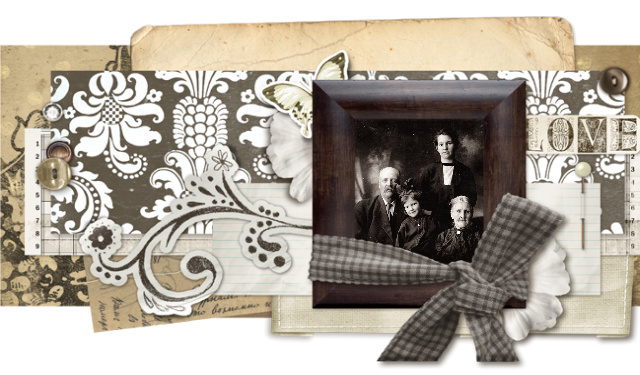I recently watched a video that opened my eyes to the power of streaming video & *free* online learning. The course description says,
This class explains how family historians can accurately deduce ancestors’ identities and many aspects of their lives by digging below “surface information” in genealogical records and combining information from several sources. Useful in many situations, inferential methodology is especially helpful where records do not state relationships.
Here's the link to the lecture: https://familysearch.org/learningcenter/lesson/inferential-genealogy/251
The episode took quite a while to watch, but I learned so much!
- Start with a focused research goal.
- My current research objective: Locate the parents and siblings of John Buck who married Barbara Buck in Franklin County, Ohio in 1813.
- Search broadly - You don't want to miss any important information. Look at every possible record & take each person from birth to death.
- Location: Don't look at just one county or location. Expand the search to surrounding areas. John Buck lived in Pickaway County, Ohio at the time of his death, but Pickaway County was created from Franklin County (and others) in 1810.
- Time: Expand to one generation before and after the ancestor. It takes a lot of research to establish one relationship. Moses Donaldson married Rosy Buck, Franklin County, 17 Oct 1805. Is Rosy Joseph's sister? Land records for John Buck and his siblings involve Moses Donaldson from 1814-1820, which include statements about John's father Joseph Buck as well as administrators in the probate case. It is not a proven relationship, but it definitely seems more likely given the time, place, and continuing relationship.
- Associates: Often the key info is in a record listing someone else. Ancestor could be mentioned in friends' or neighbors' records. Extend beyond the person & surname of interest - any of their records could include information. Also, collect information on every person with the surname in the localities. Only later will the relationships become clear & you will save time by not having to go re-examine the records.
- PROBATE & LAND RECORDS are crucial to establishing relationships. Every piece of land needs to be followed all the way through. Every probate document and court document needs to be seen. Remember too that children were often omitted from a will. Early vital records and census records did not report relationships. But several land documents that I have for John Buck include the phrase "my father, Joseph Buck" and "my wife, Barbary Buck". I am still waiting for probate records from Franklin County at the Ohio State Genealogical Society for Joseph Buck's probate to learn more.
- Understand the records. What is the jurisdiction (city, county, state) and the time period that your ancestor lived in? Which records are available? What can you find in each record? One of the most insightful comments I heard on a recent video had to do with the person having to be "of age" so being able to calculate when they turned 21 by when they showed up in legal documents.
- Joseph Buck bought Congress Lands at public auction in 1805. Searching the Pickaway County land records showed a completed purchase in 1815 (ten years later). The official records are likely at the National Archives in Chicago with Chillicothe Land Office Records or at the FHL in Salt Lake City in a book someone wrote about these records.
- Correlate evidence - Make a timeline to help put events into perspective.
- Also, compare & contrast the information that is presented in each record. Is one record more reliable than the other? A death certificate is a primary source for the death date and place and burial information. However, the information may not be as reliable for the person's birth place or parents names.
- John Buck's son, Henry Buck, was a veteran of the Mexican War and the Civil War. He was discharged because he became partially blind & deaf. One record from the National Soldier's Home said that he was a widow. Henry Buck was married to Lavinia Philips in 1846, but she is never in the census records. Perhaps she died before 1850 or left while Henry was away at the Mexican War. His obituary states that he was single or never married. The marriage record and his report to the National Soldier's Home are more reliable than an article written by a newspaper reporter at the end of his life.
- Write down the results you have gained/discovered. Some of this is knowledge that no other living person knows. We have an obligation to share our logic and conclusions with others in writing.
